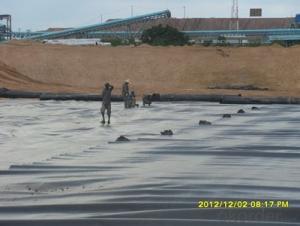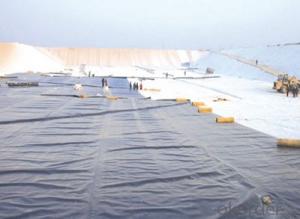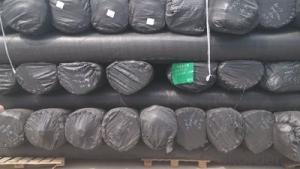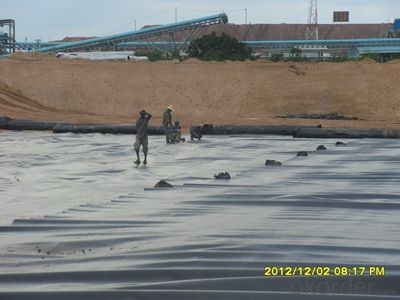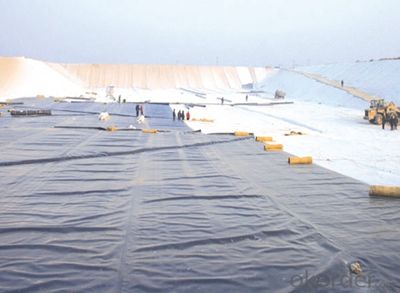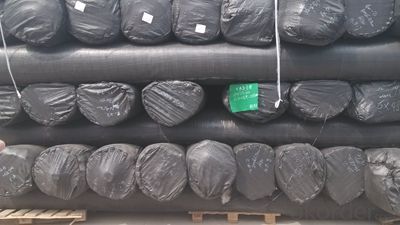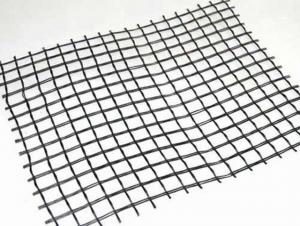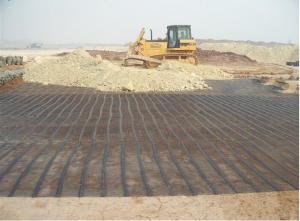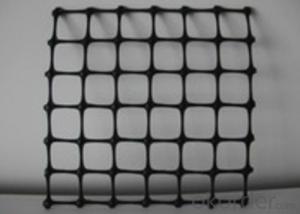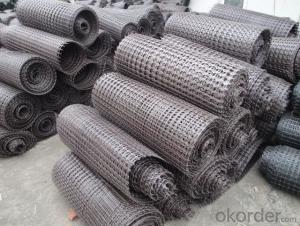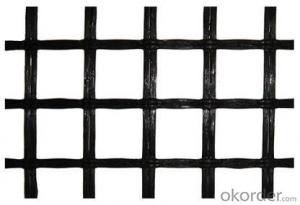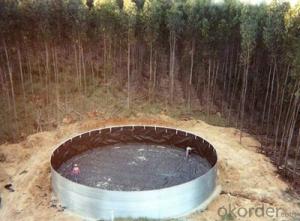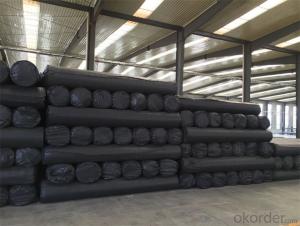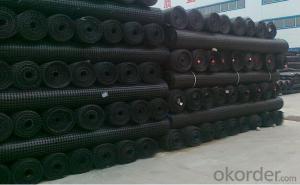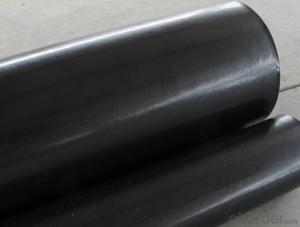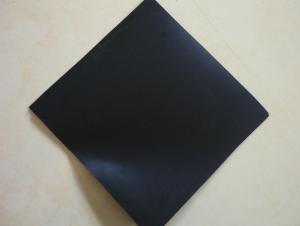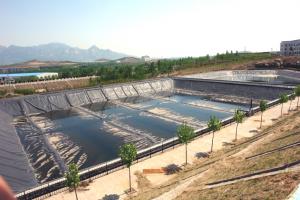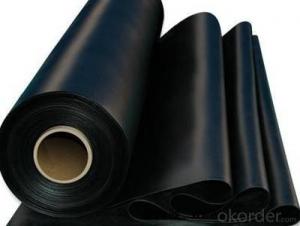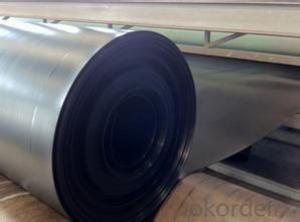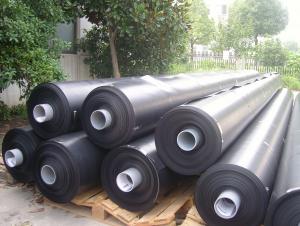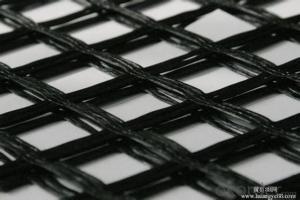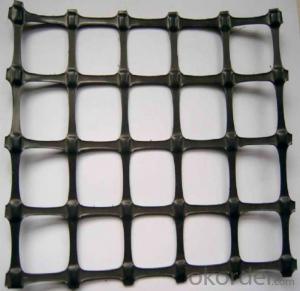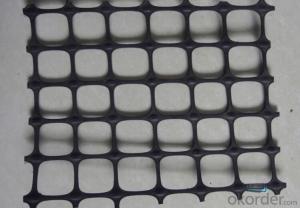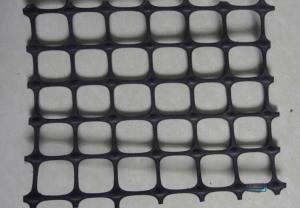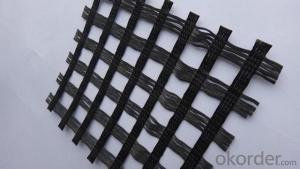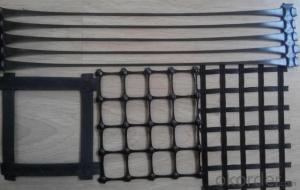Stratagrid Geogrids LDPE Geomembrane Series for Coal Mine CE
- Loading Port:
- Tianjin
- Payment Terms:
- TT OR LC
- Min Order Qty:
- 88 m²
- Supply Capability:
- 1800000 m²/month
OKorder Service Pledge
OKorder Financial Service
You Might Also Like
Introduction of CNBM
China National Building Materials (Group) Corporation (CNBM) is a state-owned enterprise in charge of administrative affairs in China building materials industry. Established in 1984, CNBM is a large group corporation of building materials with total assets of RMB 25 billion and a total staff of 30,000. Now CNBM owns more than 200 subsidiaries in and abroad the country, including wholly-owned corporations and joint ventures.
FAQ of geosynthetics :
What is geosynthetics ?
Geosynthetics form a perfect erosion control fabric used extremely widely in civil engineering to stabilize and reinforce slopes and soil under or next to roads, railways, dams, water reservoirs etc.. They can be easily applied which minimizes the time of construction, as well as they limit the resources and materials necessary.
What kinds of geosynthetics we have ?
Non-woven geotextile, geogrids, geocells, GCL, Geomembranes, Geonets, Geocomposites etc .
What is the geosynthetics used for ?
Hydraulic
Lagooning and Water Treatment, Ornamental Ponds, Golf Courses
Aquaculture and Desalination,Water Lagoons,Tanks, Reservoirs, Liquid Waste,Floating Cover Solutions, Drainage and Filtration
Environment
Tailing ponds, Leach mining,Landfills,Landfill Capping,Protection against corrosion,Vertical Barriers
Civil Works
Erosion Control,Secondary Containment,Tunnels,Linear and Surface Works,Consolidation of Margins,Soil Reinforcement,Soil Separation.
Building - Parkings,Roofing,Soundproofing
The structure of LDPE Geomembrane series description:
GEOMEMBRANE is a smooth high density proethylene(HDPE) geomembrane manufactured with the highest quality flexible geomembranes This product is used in applications that require excellent chemical resisitance and endurance properties.
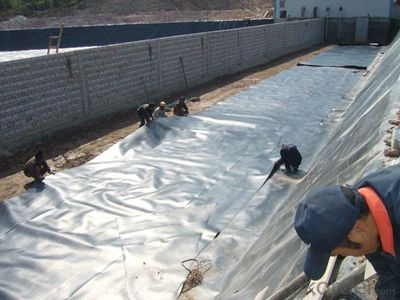
Features of LDPE Geomembrane :
Excellent waterroof ,heat preservation, easy for welding, chemical and UV resistance.
Specification of Geo- membrane :
Material : LDPE, LLDPE, HDPE,EVA ,ECB ,PVC
Thickness: 0.2mm-3.0mm
Size:W1m-9m*100mm
Loading: 2mm both sids smooth HDPE geomembrane 13,944 Sq/40'HQ
Delivery time: 7-15days
Packing of Geo-membrane : is warpped in PE film and woven cloth , then into container.
Application of Geomembrane : pevent leakage disposal in landfill or waste water or waste dregs disposing field. River bank, lake dam, mine remaining, reservoir , tunnel, liquid, storage pool . preventing leakage in roadbed and other groundsill. Used in groundsill of road , highway, railway and waterproof layer of swelling clay and wet collapsed loess.
- Q: How are geogrids installed in construction projects?
- Geogrids are typically installed in construction projects by first clearing and preparing the site, followed by laying a layer of geotextile fabric over the prepared area. The geogrid is then unrolled and placed on top of the fabric, ensuring proper alignment and overlap. The edges of the geogrid are secured using pins or stakes. Finally, the geogrid is covered with additional layers of soil, aggregate, or asphalt, depending on the specific project requirements.
- Q: How do geogrids improve the performance of geotextile erosion control blankets?
- Geogrids improve the performance of geotextile erosion control blankets by providing additional reinforcement and stability to the blanket. They enhance the tensile strength and load-bearing capacity of the geotextile, preventing excessive soil erosion and improving overall erosion control effectiveness.
- Q: How do geogrids improve the performance of retaining walls in earthquake-prone areas?
- Geogrids enhance the performance of retaining walls in earthquake-prone areas by providing additional reinforcement and stability. They work by interlocking with the soil or fill material, increasing its strength and preventing lateral movement. This reinforcement helps to distribute the forces generated during an earthquake, reducing the risk of wall failure and enhancing overall structural integrity.
- Q: Are geogrids resistant to microbial attack?
- Yes, geogrids are typically resistant to microbial attack.
- Q: Can geogrids be used in temporary construction applications?
- Yes, geogrids can be used in temporary construction applications. They are often used to reinforce and stabilize the ground during temporary construction projects such as road or pipeline construction, temporary retaining walls, or construction site access roads. Geogrids provide effective soil stabilization and can be easily installed and removed when the temporary construction is complete.
- Q: The difference between steel plastic two-way geogrid and steel plastic geogrid
- One way steel plastic geogrid is longitudinal tension requirements, only the detection of longitudinal tension.
- Q: What is the recommended geogrid connection method for specific applications?
- The recommended geogrid connection method for specific applications depends on factors such as the type of soil, slope angle, and expected load conditions. Some common geogrid connection methods include mechanical connectors, welded connections, and soil wrap-around techniques. It is important to consult with a geotechnical engineer or follow manufacturer's recommendations to determine the most suitable connection method for a specific application.
- Q: Can geogrids be used in mining and geotechnical applications?
- Yes, geogrids can be used in both mining and geotechnical applications. Geogrids are commonly used in mining to reinforce soil and rock slopes, stabilize excavations, and provide support for haul roads and mine walls. In geotechnical applications, geogrids are used to reinforce soils, increase slope stability, and improve the performance of retaining walls, embankments, and foundations.
- Q: Can geogrids be used in reinforcement of soil-cement mixtures?
- Yes, geogrids can be used in the reinforcement of soil-cement mixtures. Geogrids are commonly used to improve the strength and stability of soil-cement composites by distributing loads, reducing settlement, and preventing cracking. They enhance the overall performance of soil-cement mixtures and are widely utilized in various civil engineering applications.
- Q: Building houses and roads require pipes and geotextile, grille?
- One way tensile plastic geogrid: Polyethylene one-way tensile geogrid is made of high density polyethylene (HDPE) as raw material, through plasticizing extrusion plate, punching, heating, stretching
Send your message to us
Stratagrid Geogrids LDPE Geomembrane Series for Coal Mine CE
- Loading Port:
- Tianjin
- Payment Terms:
- TT OR LC
- Min Order Qty:
- 88 m²
- Supply Capability:
- 1800000 m²/month
OKorder Service Pledge
OKorder Financial Service
Similar products
Hot products
Hot Searches
Related keywords
